The National WWII Museum was founded in the 1991 and began collecting in 1994. It opened on June 6, 2000. Opening a museum 55 years after the end of the war has presented some challenges in collecting. The biggest challenge has been the aircraft collection. Aircraft from the war have become very scarce in the last 75 years. Most surviving planes are already in museum collections. Planes in flying condition command extremely high prices. By contrast weapons, wheeled vehicles, allied tanks and uniforms are relatively plentiful.
The first plane in the collection was acquired before the Museum opened, a Supermarine Spitfire that had crashed into a river in England in 1944. The plane was not recovered until the 1980s. The plane was privately owned and under restoration when it was offered for sale at auction. Of particular interest to the Museum the plane had flown missions over the Normandy beaches in the first two weeks after D-Day.
The second plane in the collection was acquired more through luck than design. Original exhibit plans called for an immersive exhibit of a glider in the Normandy exhibit. The exhibit fabrication firm located an original fuselage in Kansas. They purchased it as the basis of the reconstruction thus using a substantial original component. The fabric and wings are new material but the cockpit area was also restored using original parts. As I understand it a farmer in Kansas purchased a number of gliders, possibly 100 after the war as surplus. Gliders were originally shipped overseas in large wooden crates. The wooden crates were the real item of value in the purchase, not the gliders. The farmer uncrated the gliders and piled up the left-over fuselages where they were eventually overgrown with trees. This location has been the source of many restored/static gliders over the years.
In 2000 the Museum also installed a model of a TBM to commemorate the service of a Museum board member. The low-quality model proved to be a disappointment to all involved.
The installation of the aircraft was facilitated with assistance from the National Naval Aviation Museum in Pensacola. Their experience in rigging and hanging planes was invaluable in hanging the Spitfire and TBM model. They also were able to loan the Museum a light observation plane.
As the museum continued to grow and expansion plans were formulated consideration was given to expanding the Museum’s aircraft collection. Knowing that even with expanded exhibition space the collection would ultimately be small a wish list was prepared of planes to be considered for acquisition. A major factor in formulating the list was the aircraft’s significance to the war effort. Ultimately availability would also play a major role in determining what would be included in the collection. However, given the great variety of planes produced and used in the war, having a wish list helped to narrow the field and keep the collection focused.
Collecting began again in 2006 when a C-47 that had dropped pathfinders at Normandy came on the market. The ability to add another aircraft to the collection that had participated in the Normandy invasion was too good to pass up. In addition while looking for funding for the plane the Museum found an outstanding benefactor. Paul Hilliard of Lafayette, LA would fund the acquisition of the C-47 and go on to fund several other aircraft purchases. He would become a member of the Board of Directors and eventually Chairman of the Board.
The C-47 was located in Hondo, Texas. Mr. Hilliard arranged a private plane to fly him there along with Museum staff for an inspection trip. The plane was in excellent condition needing only minor restoration. C-47s are relatively plentiful with many still in flying condition. The most exciting thing about this plane was its history. Before flying it back to New Orleans the plane was repainted and the cargo area returned to its original appearance with folding troop seats. The plane was flown from Hondo to New Orleans stopping in Lafayette for a weekend event.
After an open house at the Lakefront Airport the wings were removed in preparation for transport to the Museum. Early one morning in September 2006 the plane was towed through the streets of New Orleans, through the French Quarter and Central Business District to the Museum. The pavilion had a large sliding door that was so close in size to the span of the center wing section that we scraped the paint off both door jams at the same time but did not damage the wing. The model TMB had previously been removed. The C-47 was hung in the Louisiana Memorial Pavilion.
By June of 2007 things were on the move again. While looking for a B-25 the Museum was contacted by a man from Los Angeles with a collection of aircraft. He has secured a B-25 from the Paul Bunyan Amusement Park in Minnesota. The plane had been disassembled and moved to a storage yard in the Mohave Desert.
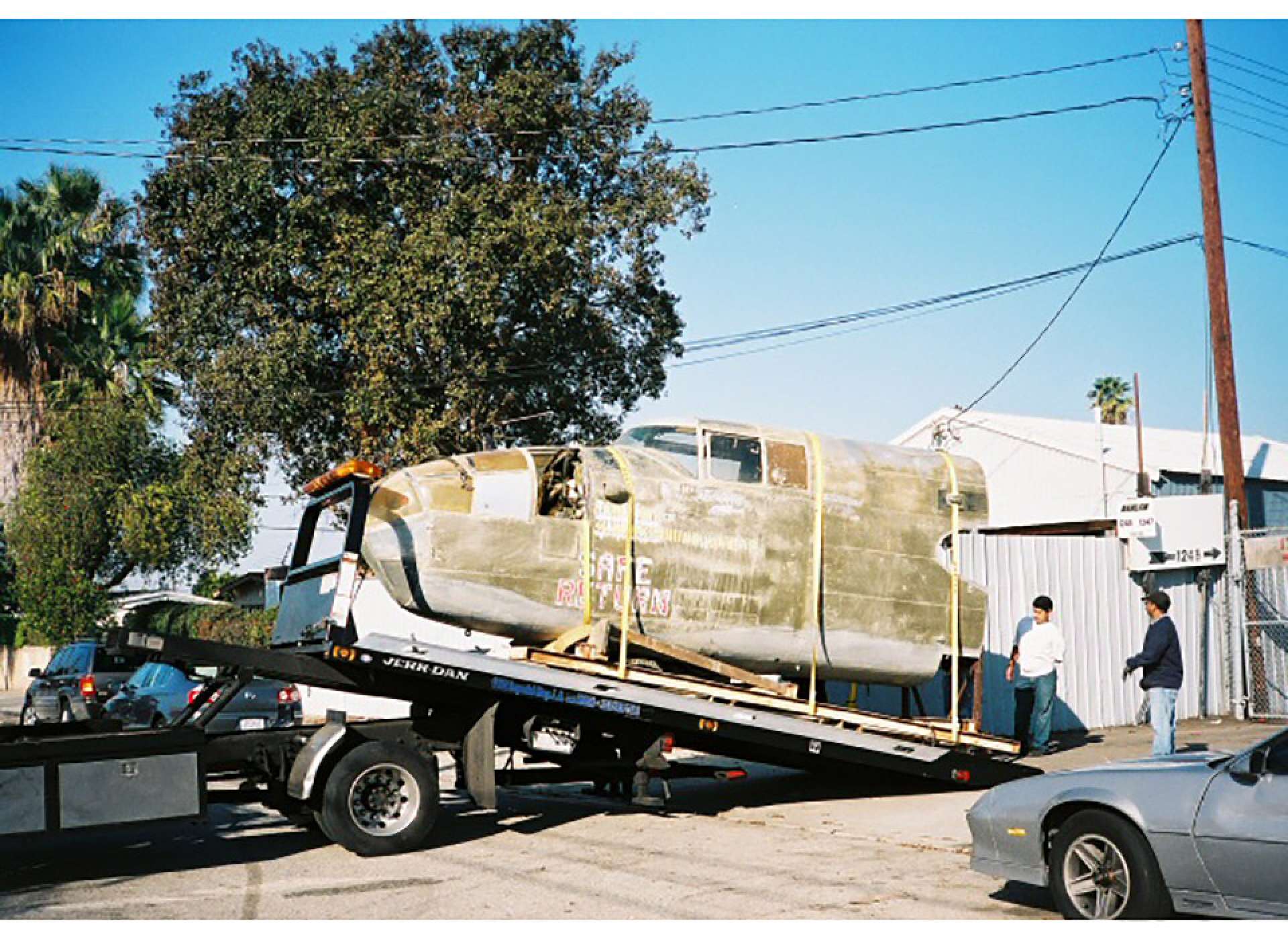
B-25 moves to the restoration facility.
In 2008 a contract was signed for the purchase of the B-25. Contracts were also finalized for a TBM, a P-40 and a Messerschmitt Bf 109. The TBM and P-40 were in need of restoration. The Bf 109 had been restored. It was shipped from Austria. The Bf 109 had been assembled from original parts found at crash sites and in the dumps of old factory sites, as well as newly made parts. The plane was assembled and installed in the Louisiana Memorial Pavilion.
In November of 2008 the loan of an SBD Dauntless was secured from The National Museum of Naval Aviation in Pensacola, Florida. This plane, a veteran of the Cactus Air Force on Guadalcanal, had been recovered from the depths of Lake Michigan. It also was installed in the Louisiana Memorial Pavilion.
Parts of the B-25 began to arrive in 2010 and were stored in assorted locations on the Museum Campus. The forward fuselage of a B-24 was also purchased in 2010. It arrived at the Museum in 2011. That year the museum also purchased a P-51 fuselage and an F4U-4 Corsair.
The F4U-4 Corsair arrived in June 2011. It had been assembled and restored by Vought Retirees. The fuselage had been built by individuals planning to restore a Corsair. As their first attempt at a fuselage it did not pass muster as flight-worthy. The left and right wing each came from a different Corsair that had been destroyed in crashes. The rest of the parts were acquired or fabricated from assorted sources.
By 2012 the Museum’s storage sites were filling up with planes. Work was also underway on the United States Freedom Pavilion, The Boeing Center. This pavilion would house six aircraft suspended from the ceiling. The opening was planned for January 2013. Attention focused sharply on completing all the restorations in progress and moving the planes to the Museum. Unfortunately the Museum found that our plane supplier had subcontracted the restoration work out to multiple individuals and then failed to pay them for their work. What followed was an eight-month scramble to complete the work. The Museum took over the subcontractors directly, visiting them often throughout the year to insure everything would be completed on time.
My Gal Sal
-

My Gal Sal above 1942 Greenland, below 2013 New Orleans
-

Volunteers reassemble wings for My Gal Sal
In June the Museum secured an amazing donation. A restored B-17E Flying Fortress. Well known in the WWII airplane community this plane named “My Gal Sal” had made a forced landing on Greenland while deploying to Great Britain in 1942. Eventually the plane was recovered and restored with plans for its display at the Blue Ash Ohio Airport. The airport closed and My Gal Sal need a home. Bob Ready of Cincinnati donated the plane to the Museum. The challenge then became moving the plane to New Orleans. The center panels of the wings are too wide to be transported by land. The wings were taken apart, divided down their length into the forward section and trailing edge. They could then be shipped to New Orleans by road. A suitable building was found with a door wide enough so they could be reassembled and then taken outside. Assistance with the reassembly was provided by a crew of volunteers from Ohio who had been involved with the plane’s restoration. Finally one Sunday in November the parts were all moved to a staging area across from the United States Freedom Pavilion.
As you might expect construction had taken longer than anticipated so installation of the aircraft was reduced to a very short time frame. Luckily plenty of help was available with two crews to assemble planes and a dedicated crew to hang them. Work began with the B-25 followed by the B-17. The construction crew was also still at work in the building. Because of space limitations and in an effort to have more than one crew at work at a time, the Corsair and TMB were both assembled at the Museum shop three blocks away. The wings were folded and they were towed down the street. It was possible to move them right into the building and hang them. A full-sized fiberglass model of the P-51 was installed as a space holder until the wing for the P-51 could be completed. Despite a few unexpected setbacks all of the plans were installed on time for the grand opening in January 2013.
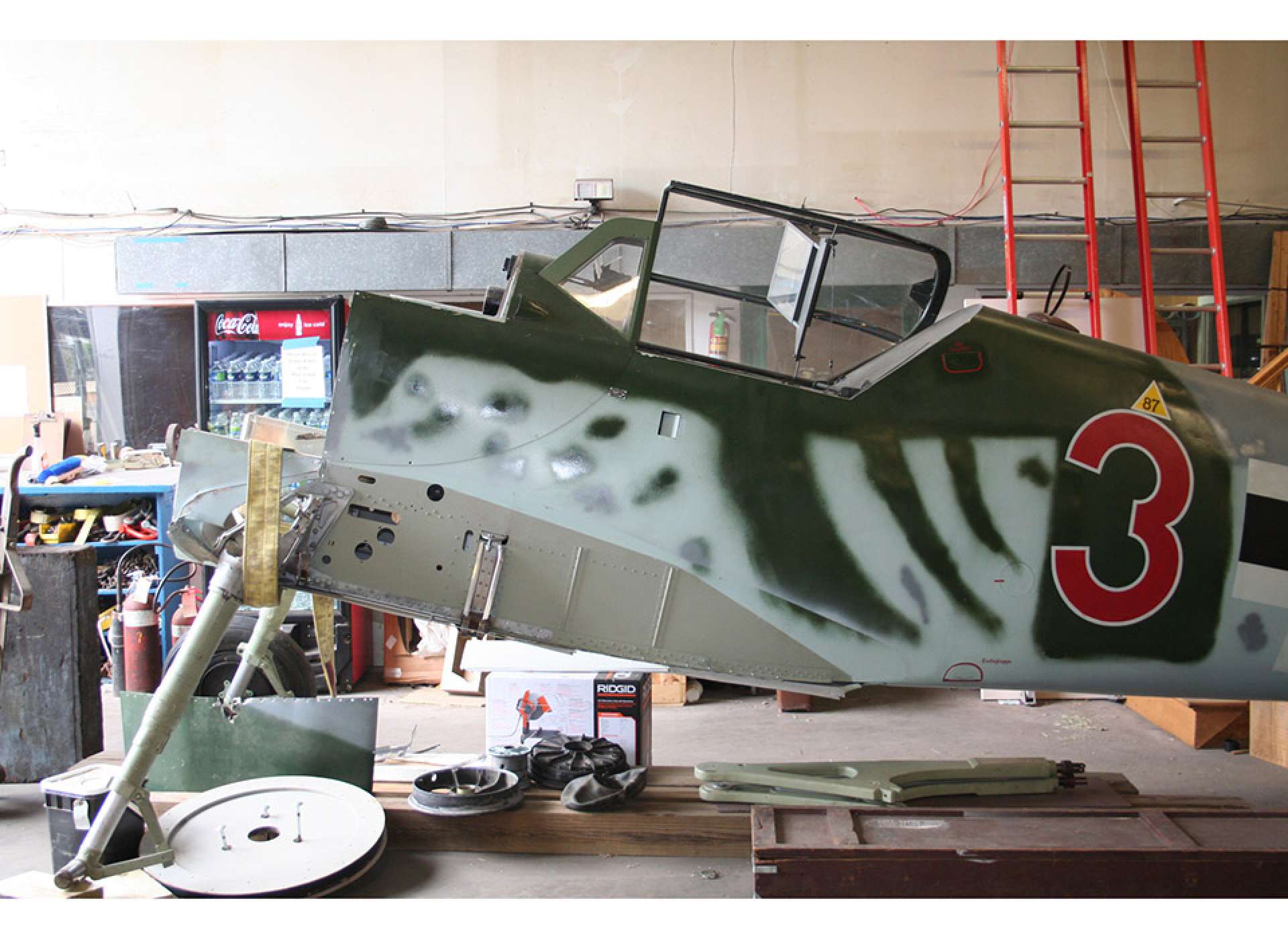
Bf 109 receives attention before moving to the Campaigns of Courage Pavilion.
Although the major portion of the collection had been installed there was still some work to do. In 2013 the Bf 109 was moved into the second floor of the Campaigns Pavilion through a hole left in the wall. It was assembled on the second floor landing and then hung in the atrium. Work continued on the restoration of the P-40. This was also hoisted to the second floor of the Campaigns Pavilion and assembled and hung there in February 2014.
Work then turned to the P-51. A collector in Nashville had contracted for a newly built plane. The fuselage had been finished and installed in his basement before he became terminally ill. He sold this to the Museum before his death and it formed the major portion of the restoration project. One wing was built from scratch by Flyboys Aeroworks of San Diego, California. They had been very helpful in past projects including the TBM and P-40. Most of 2015 was spent building a wing for the P-51 fuselage. In March 2016 the plane was assembled to ensure all the parts fit and to allow completion of wing fairings. The plane was again disassembled for transport across the country and, finally, in April 2016 it was installed in the United States Freedom Pavilion, The Boeing Center.
The majority of available exhibit space for aircraft has been filled at The National WWII Museum although creative ideas might be considered for the right plane. The Collections Department would still like to add a liaison plane as this type of small aircraft is not currently represented. Also the forward fuselage of a B-29 would make a great addition to the collection.
Museum Store
Support the continuing educational mission of The National WWII Museum by shopping our Museum Store book selection.
Tom Czekanski
Cite this article:
MLA Citation:
APA Citation:
Chicago Style Citation:
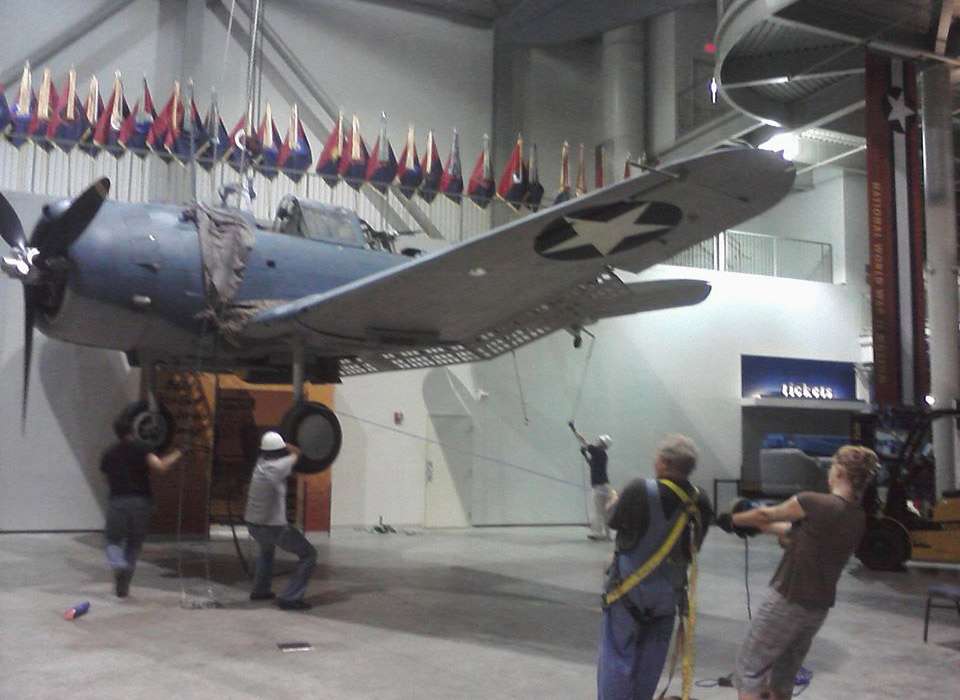
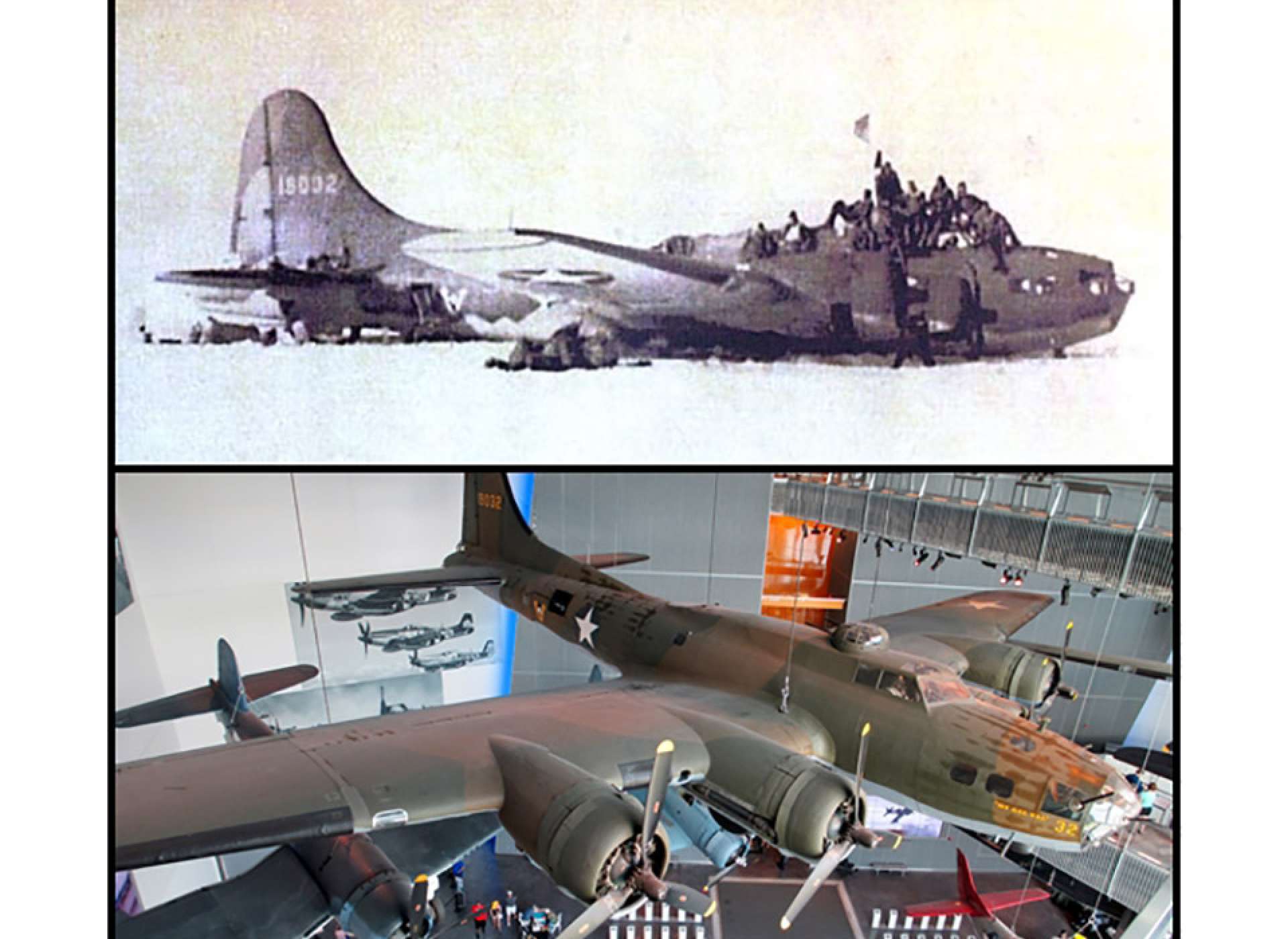
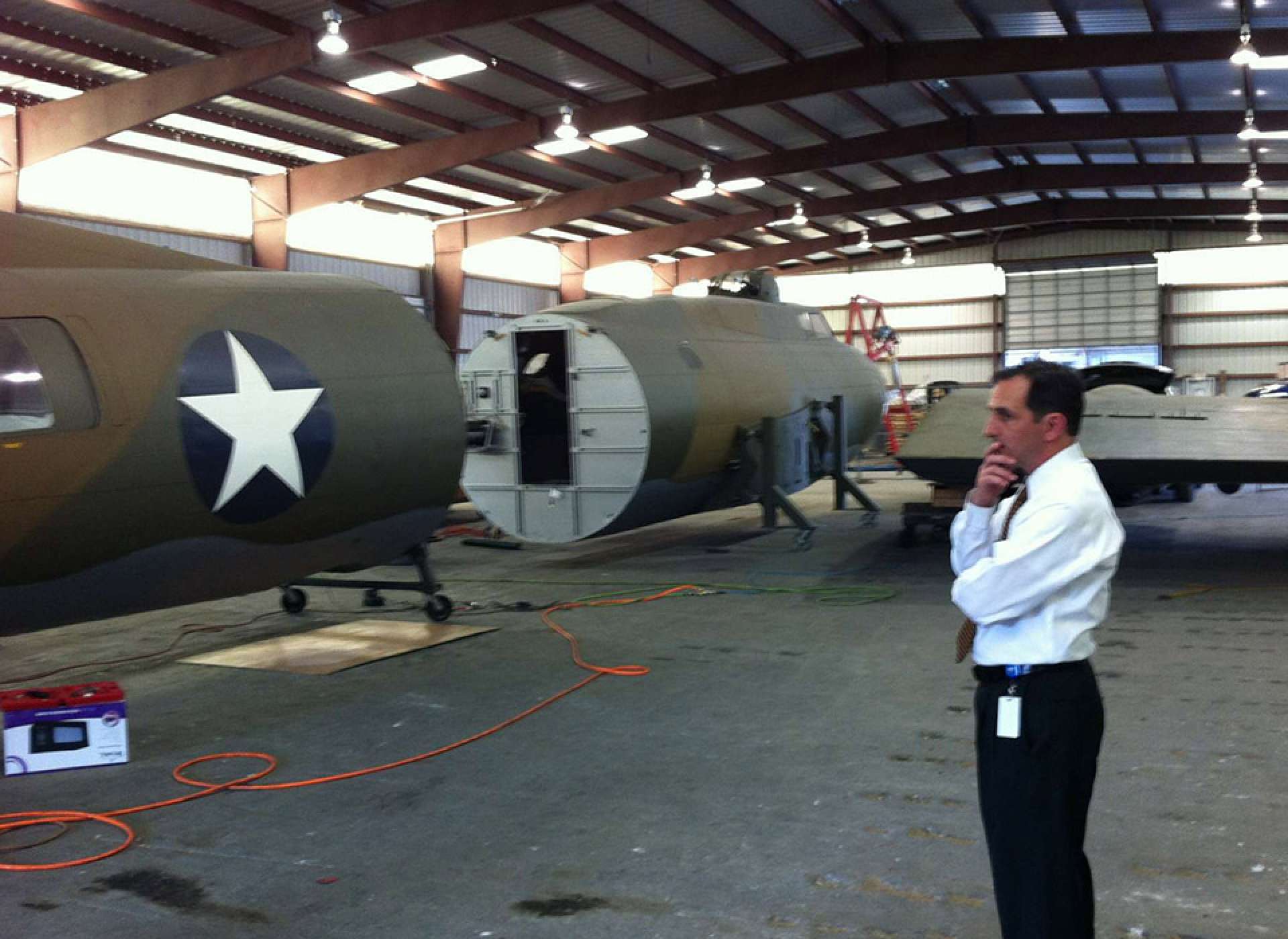
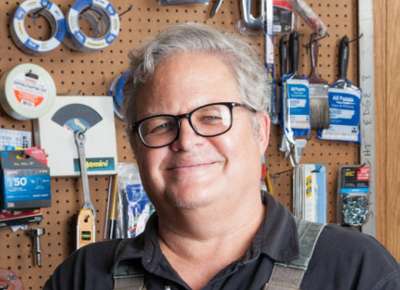




![Max Fuchs, New York City cantor, sings as Rabbi Sydney [sic] Lefkowitz, Richmond, VA, conducts the first Jewish services from Germany.](/sites/default/files/styles/max_650x650/public/2025-10/image1.jpg)


